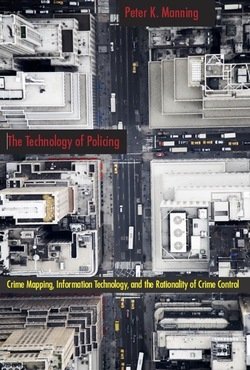By Aaron Chalfin, Greg Ridgeway, John MacDonald, Rachel Ryley
The Philadelphia Police Department began distributing 435 mobile smartphones to officers in police districts 22, 24, and 25 in February 2021. At the same time PPD established Crime Information Centers (CICs) to facilitate analysis and information sharing. We compared changes in police-related outcomes in districts 22, 24, and 25 with six districts (12, 14, 15, 19, 35, 39) that received no phones and had similar levels of serious crime. The smartphones provided officers with improved access to information and a convenient technology to receive requests for intelligence crucial to investigations, report street-level intelligence, and communicate directly with members of the community. Mobile phones/CICs have public safety benefits • An increase in the violent crime clearance rate from 24% to 30% • An increase in the likelihood that a stop resulted in an arrest — from 10% to 28% — suggesting more surgical policing, without increasing the number of stops conducted Mobile phones substantially ease regular PPD officers’ tasks • Greatly increased the amount and variety of evidence collected – Weekly uploads increased 40% after at least one SIG detective received a phone • Facilitated 311 reports to address physical disorder in districts • Made officers more willing and able to create intelligence reports • Enhanced basic communication between police and community members through calls and text messages, including direct contact about the location of illegal firearms • Can improve the completeness and timeliness of NCIC/PCIC checks, patrol logs, and court notices PPD has more to gain from mobile IT and CICs • More incentives are needed to promote smartphone use among officers. A few officers in each of the pilot districts were more active users of the smartphones – 5/7 squads use the phones a lot, others were infrequent users – 3 officers submitted half of the 311 requests – 86% of officers submitted no intelligence reports at all – Usage has essentially ended in District 22 • Regular use of phones among officers could support mission-directed patrol – Monitoring the time spent in mission areas – Documenting mission-related business checks and home visits – Promote intelligence reports in mission areas • PPD could encourage additional phone usage – Encourage officers to share information and give feedback on how their intel reports and 311 reports are solving community problems – Emphasize phone usage in CompStat by tracking key metrics ∗ Time spent in strategic areas ∗ Number of leads connected to shootings or priority incidents ∗ Volume of direct calls/messages from community leading to crime clearances – Establish a clear policy on expected phone use, monitor use, and provide feedback to command staff and officers on the successful uses of technology
Philadelphia: University of Pennsylvania, Crime and Justice Policy Lab, 2022. 43p.







